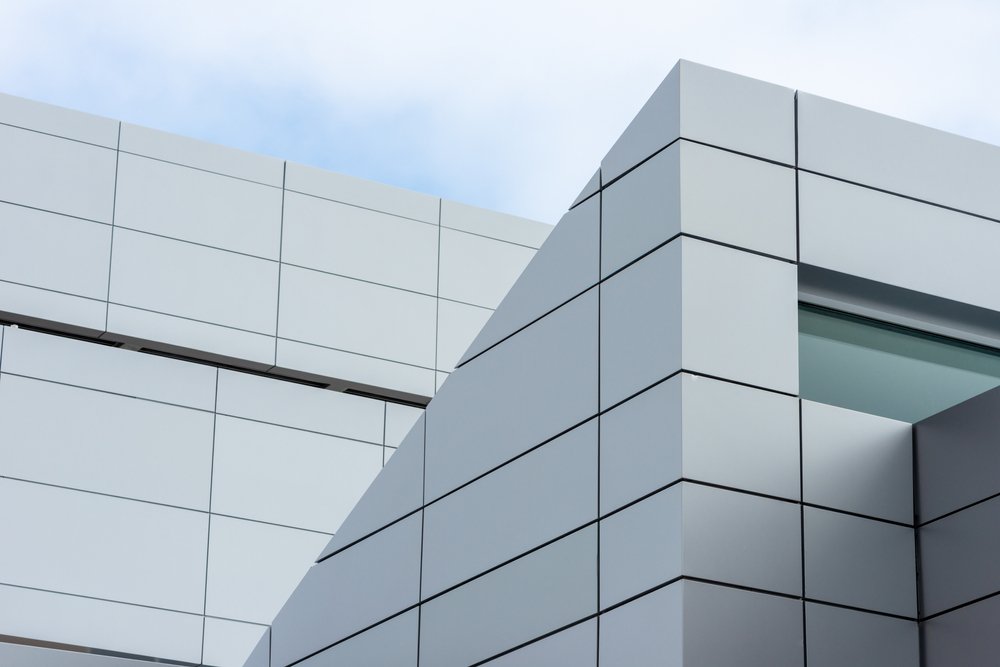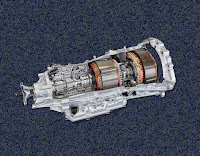Engine Layouts: Understanding the Different Types Exploring the Pros and Cons of Inline or Straight, V, W, H, K, Flat or Boxer, and Rotary EnginesEngine layouts are one of the essential components of a vehicle. They dictate how the...
Engine Layouts: Understanding the Different Types
Exploring the Pros and Cons of Inline or Straight, V, W, H, K, Flat or Boxer, and Rotary Engines
Engine layouts are one of the essential components of a vehicle. They dictate how the engine is arranged in the vehicle and determine its performance, fuel efficiency, and overall drivability. As a car enthusiast or a vehicle owner, it is essential to understand the different types of engine layouts to make informed decisions when choosing a vehicle or making modifications to your car.
In this article, we'll explore the five main types of engine layouts: Straight or Inline engine, V-engine, W-engine, Boxer engine, and Rotary engine. We'll also examine the pros and cons of each type, so you can make an informed decision when it comes to engine layout.
Straight or Inline Engine
The straight or inline engine layout is a type of internal combustion engine configuration where the cylinders are arranged in a straight line along the engine block. This design is also called an "inline" or "straight-six" engine, depending on the number of cylinders.
In an inline engine, the cylinders are arranged in a single row, with each cylinder having its own intake and exhaust valve. The straight design allows for a simpler and more compact engine layout than other designs. It also provides good balance and smooth operation due to its symmetrical design.
Inline engines are commonly used in automobiles, trucks, and motorcycles. Some examples of cars that use an inline engine include the BMW M3, Toyota Supra, and Chevrolet Camaro. The straight-six engine is known for its smooth and refined power delivery, making it a popular choice for luxury vehicles and sports cars.
Inline engines are also used in aviation, with examples including the Pratt & Whitney R-1830 Twin Wasp engine used in the Douglas DC-3 and the Rolls-Royce Merlin engine used in the Supermarine Spitfire.
V-Engine
The V engine layout is a type of internal combustion engine configuration where the cylinders are arranged in a V-shaped pattern. This design is called a "V" engine because the cylinders are positioned in two angled rows, forming a V shape.
In a V engine, the cylinders are typically arranged at an angle of 60 or 90 degrees to each other. The angle between the two rows of cylinders can affect the engine's balance, power output, and overall design. The V engine layout can provide a compact design while also providing more cylinders than an inline engine.
V engines are commonly used in automobiles, trucks, and boats. Some examples of cars that use a V engine include the Ford Mustang, Chevrolet Corvette, and Mercedes-Benz S-Class. The V engine layout is also used in high-performance applications, such as racing cars and supercars, due to its ability to provide high power output and smooth operation. Examples of high-performance cars that use a V engine include the Lamborghini Aventador, Ferrari 488, and McLaren 720S.
Boxer Engine
The boxer engine layout is a type of internal combustion engine configuration where the cylinders are arranged in two horizontally opposed banks. This design is called a "flat" or "boxer" engine because the two banks of cylinders lie flat and parallel to each other, with the pistons moving in opposite directions like a boxer throwing punches.
In a boxer engine, the cylinders are typically arranged in two rows of horizontally opposed cylinders, with each row containing an equal number of cylinders. This design results in a lower center of gravity and a more balanced weight distribution than other engine layouts, which can improve handling and stability in vehicles.
The boxer engine layout is commonly used in aircraft, motorcycles, and automobiles. Some examples of cars that use a flat or boxer engine include the Porsche 911, Subaru Impreza, and Toyota 86/BRZ.
W - Engine
The "W" engine layout is a type of internal combustion engine configuration where the cylinders are arranged in a W-shaped pattern. This design is a variation of the more common "V" engine layout, where the cylinders are arranged in a V-shaped pattern.
In a W engine, the cylinders are typically arranged in three rows of four cylinders each, with the outer two rows angled slightly inward to create the "W" shape. This design allows for a more compact engine than a traditional V engine, while still providing a large number of cylinders for improved performance.
The W engine layout is primarily used in high-performance applications, such as in racing cars and high-end sports cars. Some examples of cars that use a W engine include the Bugatti Veyron and Chiron, the Koenigsegg CCX and Agera, and the Pagani Huayra.
H - Engine
The "H" engine layout is a type of internal combustion engine configuration where two horizontally-opposed engines are arranged in a "V" shape and are connected by a common crankshaft. This design is also called a "flat-eight" engine, as it typically has eight cylinders arranged in two horizontally-opposed banks of four cylinders each.
In an H engine, the two banks of cylinders are arranged at an angle to each other, typically 180 degrees. The crankshaft is positioned in the center of the engine and is shared by both banks of cylinders, which allows the engine to have a compact design. The H engine layout provides a balance of power and smoothness due to its symmetrical design.
H engines are not very common in automotive applications, but they have been used in a few limited-production vehicles, such as the Honda NSX and the Toyota 2000GT. They are more commonly used in aviation and marine applications, where their compact design and high power output are beneficial. Examples of aircraft that use H engines include the Dornier Do 335 and the Hughes H-1 Racer.
K - Engine
The "K" type engine layout is a type of inline-four internal combustion engine configuration developed by Honda. The engine design features an inclined cylinder head, which allows for a more compact engine size and improved performance.
In the K engine layout, the cylinders are arranged in a straight line, with four cylinders in a row. The cylinders are positioned at a slight angle to each other, with the two outer cylinders angled slightly outward from the center of the engine. This design helps to reduce the overall size of the engine while still providing good power output.
The K engine layout is used in a variety of Honda vehicles, including the Civic Type R, Integra Type R, and RSX Type S. The K20 and K24 variants of the engine are particularly popular among automotive enthusiasts due to their high power potential and aftermarket support.
Overall, the K engine layout is a compact and efficient design that has proven to be popular among Honda enthusiasts and has helped to establish the brand's reputation for performance-oriented engines.
Rotary Engine
The rotary engine, also known as a Wankel engine, is a type of internal combustion engine configuration that uses a triangular rotor instead of reciprocating pistons. The rotor rotates in a housing that is shaped like a figure eight, with the lobes of the rotor sealing against the walls of the housing to create combustion chambers.
In a rotary engine, there are no valves, and the intake, compression, combustion, and exhaust occur in different areas of the housing as the rotor rotates. The result is a compact engine design that is known for its smooth and high-revving power delivery. Rotary engines are also known for their light weight and relatively simple design.
Rotary engines were used in Mazda's RX-7 and RX-8 sports cars, as well as in aircraft and racing applications. However, due to their high fuel consumption and emissions, as well as reliability issues, rotary engines have become less common in recent years. Nonetheless, some companies continue to develop and refine the rotary engine for use in niche applications.
Understanding the different types of engine layouts is essential for vehicle owners and car enthusiasts. Each engine layout has its unique advantages and disadvantages, making it suitable for different types of vehicles and driving styles. When choosing an engine layout, it's essential to consider factors such as power and performance, fuel efficiency, cost, and availability.
The most common engine layouts include the Straight or Inline engine, V-engine, W-engine, Boxer engine, and Rotary engine. Each engine layout has its unique features, which can affect its power, performance, fuel efficiency, and maintenance costs. Therefore, vehicle owners should choose an engine layout that best suits their needs and preferences.
When it comes to engine layouts, there is no one-size-fits-all solution. Each engine layout has its advantages and disadvantages, making it essential to understand what you're looking for before making a decision. If you're in the market for a new vehicle, take the time to research different engine layouts to find the one that best suits your driving style, budget, and environmental preferences.















